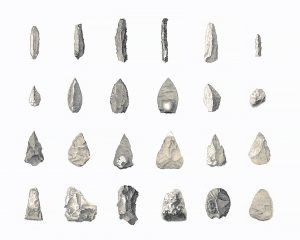Speaker: Robert Hodgin
Robert Hodgin is an artist/coder living in Brooklyn. His work ranges from simple 2D data visualizations to immersive 3D terrain simulations. Primary interests include theoretical physics, astronomy, particle engines, and audio visualizations. He works in Java, Processing, C++, Cinder, OpenGL, and GLSL.
He graduated in 1998 with a degree in Sculpture from the Rhode Island School of Design.
I was especially interested in Robert’s credentials and where he started out. He graduated from RISD with a degree and sculpture but eventually worked on data and coding heavy projects. The reason why I was so interested is I find myself relating to his pathway in life where I thought I was going to be an engineer coming out of high school but ended up studying design in college. Robert makes effective use of artistic storytelling and easy to understand work processes to describe the how’s and why’s of his body of work. The ones that involve 3d simulations of the earth mesmerize me with their level of detail and use of live data of weather, auroras, time, and terrain.
![[OLD FALL 2019] 15-104 • Introduction to Computing for Creative Practice](../../../../wp-content/uploads/2020/08/stop-banner.png)

